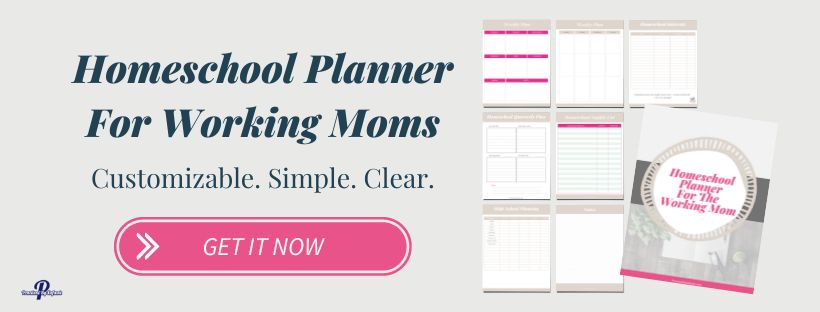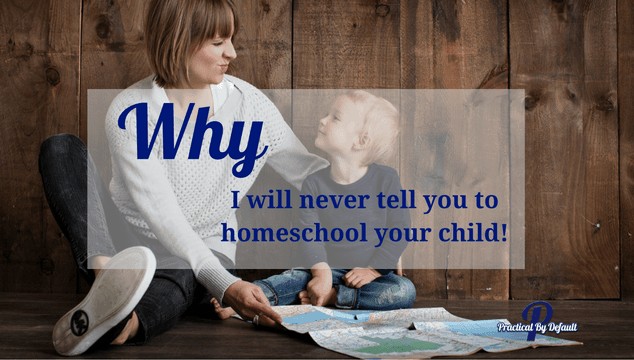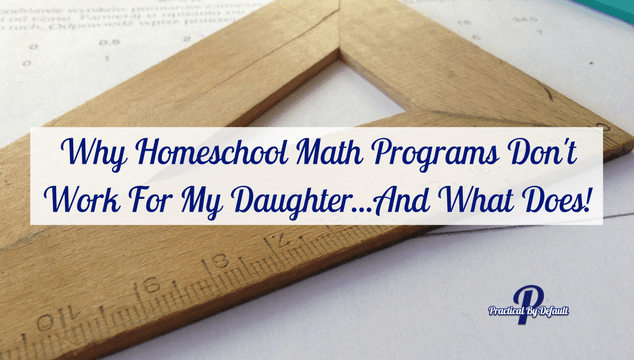Do This One Thing Before You Start A New Homeschool Year
Are you ready to start a new homeschool year? Do this one thing first and set yourself up for success!
A new homeschool year is so exciting. New curriculum. New programs and activities. New goals to reach. New things to learn.
Does anyone else get excited about the feel of empty notebooks and fresh planners?
Before you get ready to start that new homeschool year, there is one thing you need to do first.
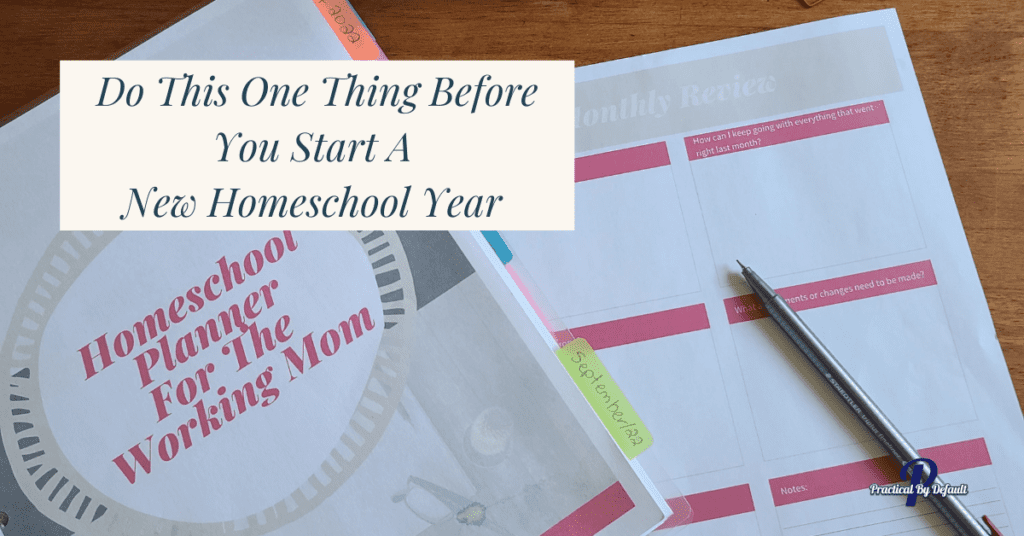
Disclosure: I may receive commissions for purchases made through links in this post.
What Is A Personal Homeschool Assessment?
The one thing you need to do before you start a new homeschool year is to complete a personal homeschool assessment of the year that just passed.
Think of it as the 3 Rs for the homeschool mom.
Reflect > Review > Respond
In order to set your new year up for success, you want to build on what you have already accomplished. It will help you to avoid past mistakes by learning from them along with how to enjoy all you have accomplished in the past year.
In order to do this effectively, you need to be asking the right questions and taking the time to get the answers.
5 Questions To Ask Before You Start A New Homeschool Year
I’ll give you the questions and share a few examples of what this process looks like for me. Keep an eye open for the “Your Task” sections to put it into action for you.
Grab a notebook, open a new document, or use your favorite planner page to take notes.
Personally, I like the “Monthly Review Pages” of the Homeschool Planner For Working Moms, shown below.
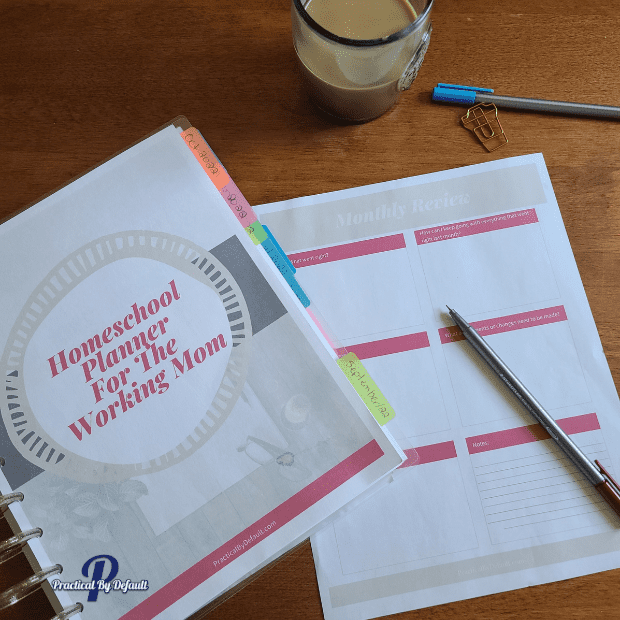
Use whatever you feel will work best!
Question 1: What went right?
Looking back over the year as a whole, what went right?
I like to find at least 3 things about the homeschool year that went right.
For Example:
We identified an area my daughter needed to work on, self-confidence.
I did some research.
Based on what I learned, I decided to use the Big Life Journal along with weekly dates. We use the journal in a way it wasn’t designed to build her confidence.
You can read about that here: Break Rules, Build Your Child’s Confidence & Beat Mom Guilt!
This worked. I’ve seen her grow, ready to take on new challenges, and have an attitude shift. This new self-confidence has carried over to her homeschooling, hobbies, and encouraging others.
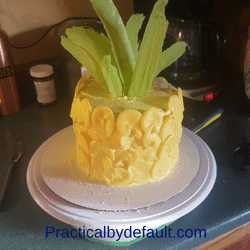
This is a massive win. Big Life Journal works for us by making it our own and having one on one time with me.
Your Task:
Find at least three things that went right in your homeschool year and take note of it.
Even if this year was full of disappointments, changes, and mistakes – look carefully. You’ll be sure to find something.
Make sure you write them down.
Question 2: What Did You Learn?
Now that you have your wins in front of you. Look carefully at what you can learn from them.
Growing up, I hated history class. It was so boring, and to be honest, I didn’t get the point. Now that I am older, I know learning from our past is a vital process in growth.
Seeing what went right, the process, and the steps you used to accomplish those wins can help you repeat them again next year.
For Example:
Our experience with using the Big Life Journal proved to me the importance of listening to my children. Not just the words they use but the way they are saying them.
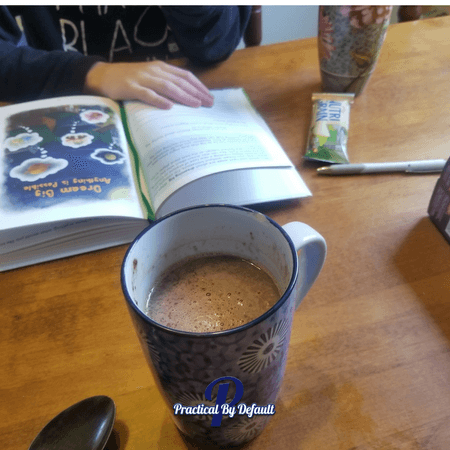
Children of all ages, including teens, have a hard time expressing feelings.
Having those one-on-one dates that were focused on the journal and not on her allowed her to express her feelings without being the center of attention.
The lesson I learned and can repeat: Listen with all my senses.
Your Task:
Examine your list of wins and identify the process you used.
What was the one key thing that made it work for you and your children? How can you repeat that process to meet success in the next year?
Take time now and write those down.
Question 3: What went wrong?
No one is perfect, and we all make mistakes. Right now, you can probably name a million things that just didn’t work last year.
For this step, it is key not to get sucked into a downward spiral by staying focused on why you are looking for the mistake.
The reason is this: In order to fix something, you need to know it is broken.
For Example:
When I first returned to work, our entire school curriculum stopped working.
Worse, I was so busy trying to keep my head above water I never noticed until the tears and frustration got to be too much.
Once I identified the problem, I started looking for solutions.
Your Task:
Identify what went wrong in your homeschool year.
ASK:
- Was the workload too heavy?
- Too many extras?
- Not enough time?
- Did you feel lost?
Take note of this.
Question 4: What did you learn?
Yup. We are asking the same question as our win. After all, history will only repeat itself if we don’t fix the problem.
For Example:
As I mentioned, our curriculum stopped working. However, I didn’t notice until months later. MONTHS. *sigh*
Now I do a month-end check-in with my kids.
It only takes a few minutes and allows me to make sure what we are using is working and identify what isn’t and try to fix it.
A month is enough time to find out if the adjustments we made are working but not too much time to make us feel behind.
Your Task:
Look at your “mistakes” list.
Identify what signals you missed the first time and what you would do differently next time.
Having a plan of action in mind helps you to avoid making the same mistake.
Create that plan of action.
Question 5: How will you apply what you’ve learned?
Now you have the answers to the questions, you need to use them in the right way.
Hint: The wrong way is to beat yourself up 😉
For Example:
Knowing you need to eat more veggies is one thing. Making the salad is the next step, but if you never eat the salad…what good does it do you?
In the same way, answering these questions is great. Taking note of the answers is the next step but choosing not to respond to what you learned means throwing away this valuable knowledge.
You’ve discovered what went right and the process you used to accomplish those goals.
Your Task:
As you plan for your next homeschool year, make sure to repeat that process to reach your new goals, whatever they may be.
You also discovered what went wrong and how you ended up making those mistakes.
Use that information to avoid making the same mistakes and catching them early on in order to make the needed changes.
The purpose is to build a solid foundation for your new homeschool year based on your unique working homeschool life and experiences.
Remember, what works for others doesn’t always work for you, and that is okay.
If you are struggling or you get stuck during this process, don’t be afraid to ask your children, your family, or bounce ideas off of a good friend.
I call it “thinking out loud,” which is a massive help!
By reflecting on your past year, reviewing the information you’ve gathered and responding, you’ll set yourself up for a great new homeschool year!
How do you set yourself up for a successful new homeschool year? Leave a comment below.
Take care,
Jen
PS. Goal setting is one of my favorite things to do. I find so much value in writing it down, which is why I love the fully customizable printable planner, Homeschool Planner For Working Moms
📌Don’t let this post get lost in the internet abyss – pin it to your Pinterest board now!
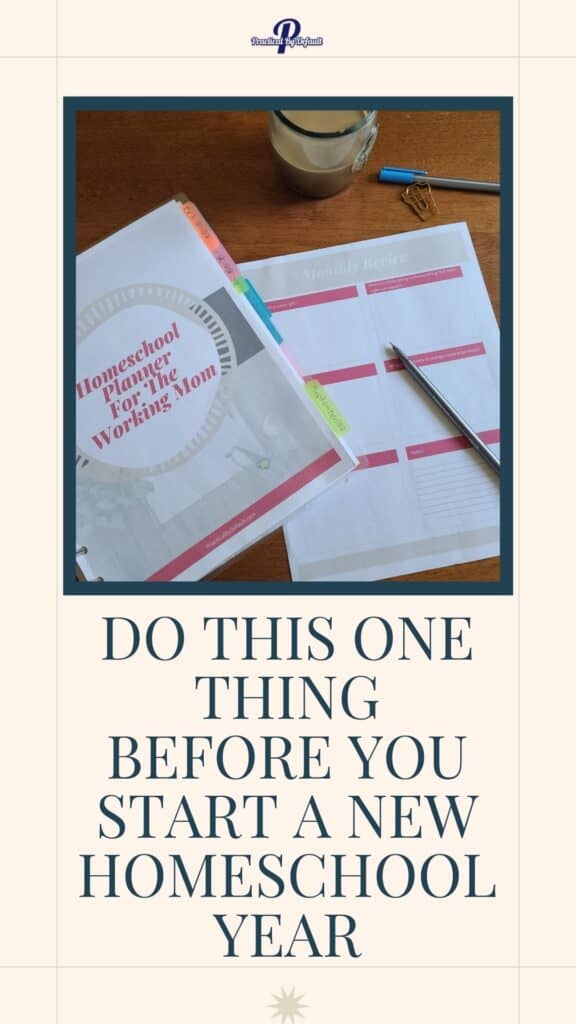

Hi, I’m Jen. I help working moms juggle their career and homeschool their kids by providing support, systems and tools. You are warmly invited to Join the Online Community Here!

